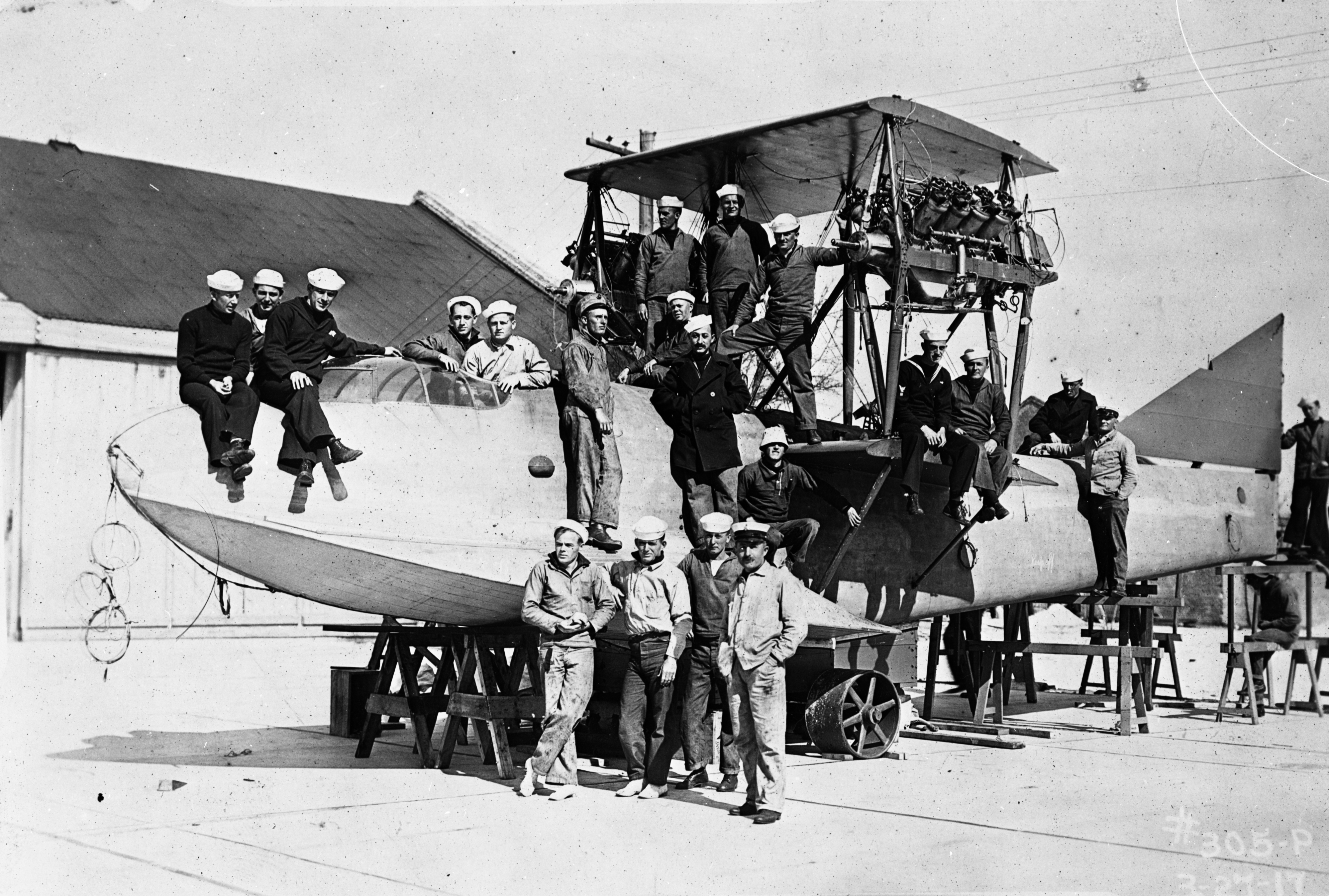The Florida Seminoles
Lesson Plans
Seminole Origins and Migration Into Florida
Purpose
The purpose of this lesson plan is to introduce students to the origins of the Seminole Indians and their migration into Florida.
Materials Needed
- Seminole Origins and Migration Into Florida (PowerPoint | PDF)
- Accompanying Teacher Notes (Web | PDF)
Next Generation Sunshine State Standards
- SS.8.A.4.4: Discuss the impact of westward expansion on cultural practices and migration patterns of Native American and African slave populations.
- SS.8.A.4.17: Examine key events and peoples in Florida history as each impacts this era of American history.
- SS.8.A.4.18: Examine the experiences and perspectives of different ethnic, national, and religious groups in Florida, explaining their contributions to Florida's and America's society and culture during the Territorial Period.
Florida Standards
- LAFS.68.RH.1.1: Cite specific textual evidence to support analysis of primary and secondary sources.
- LAFS.68.RH.1.2: Determine the central ideas or information of a primary or secondary source; provide an accurate summary of the source distinct from prior knowledge or opinions.
- LAFS.68.RH.1.3: Identify key steps in a text’s description of a process related to history/social studies (e.g., how a bill becomes law, how interest rates are raised or lowered).
Background Information
The Creek Indians spoke the Muscogee language and lived in parts of what are now Alabama and Georgia. Their territory extended about as far south as the modern Florida-Georgia border. By the mid-1700s, some Creeks began migrating into Florida. They became known as simanolis, meaning “those who camp at a distance” in the Muscogee language. To the Spanish, they were known as cimarrons, or “runaways.” The two terms merged and became “Seminole” in the English language by the late 1700s.
The settlement called Cuscowilla was the largest Seminole town in the mid-1700s. It was located on the Alachua Savannah, near modern-day Gainesville. The Alachua Seminoles herded thousands of cattle on wet prairies and grasslands. In addition to herding cattle, Seminoles planted fields of corn, beans, and squash.
Many of Florida's current place-names, such as Tallahassee and Okeechobee, come from the Muscogee language. Escaped slaves from southern plantations joined the Seminoles in Florida. To historians, they became known as "Black Seminoles" or "Seminole Maroons."
Procedure
Part I: Introducing Content
- Teachers should begin by reviewing what students know about Native Americans in Florida and the southern United States.
- Which Native American groups were in Florida before the Seminoles? (For example: Calusa, Apalachee, and Timucua.)
- What happened to the Calusa, Apalachee, and Timucua Indians? (They were decimated by disease, warfare, and slavery. Some were likely absorbed by the Seminoles.)
- Which groups of Indians lived north of Florida? (For example: Creek, Cherokee, Choctaw, and Chickasaw.)
- Teachers should review what students know about the origins of the Seminoles.
- Where did the Seminoles come from?
- Where did they live?
- What do they look like?
Part II: Seminole Origins and Migration Into Florida
- The teacher will use the maps in the PowerPoint or the PDF with the notes to illustrate the origins of the Seminoles and their migration into Florida.
- After the presentation, the teacher will hold a short class discussion and answer any questions.
Part III: Retelling the Story
- Using the maps, students will retell the story in their own words.

 Listen: The Assorted Selections Program
Listen: The Assorted Selections Program